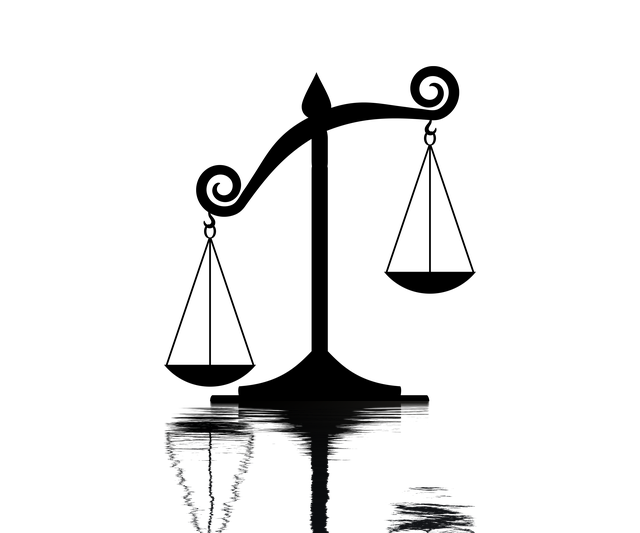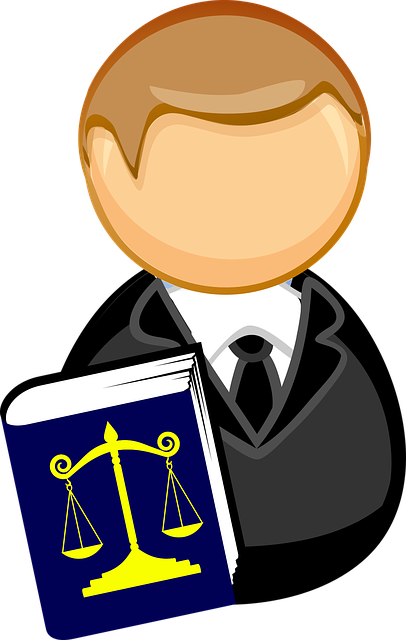Slip and fall injuries are a prevalent issue in diverse settings, carrying significant physical and psychological consequences. This text highlights the importance of prevention through proper maintenance, hazard identification, and swift response times. By understanding common scenarios, individuals and organizations can implement effective measures to create safer environments, reducing injury risks and potential legal liabilities while also addressing the emotional challenges associated with these injuries.
Slip and falls can lead to a range of unexpected injuries, both physical and emotional. This article explores the common symptoms of slip and fall injuries, from broken bones and cuts to hidden internal damage. We delve into the potential psychological impacts and provide guidance on when to seek medical attention. Understanding these aspects is crucial for navigating the aftermath of such incidents effectively. By recognizing the signs, you can ensure prompt treatment and facilitate a smoother recovery process.
- Common Physical Symptoms of Slip and Fall Injuries
- Potential Emotional and Psychological Impacts
- When to Seek Medical Attention After a Fall
Common Physical Symptoms of Slip and Fall Injuries
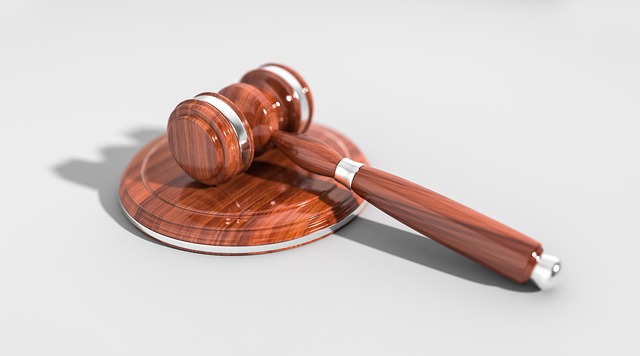
Potential Emotional and Psychological Impacts
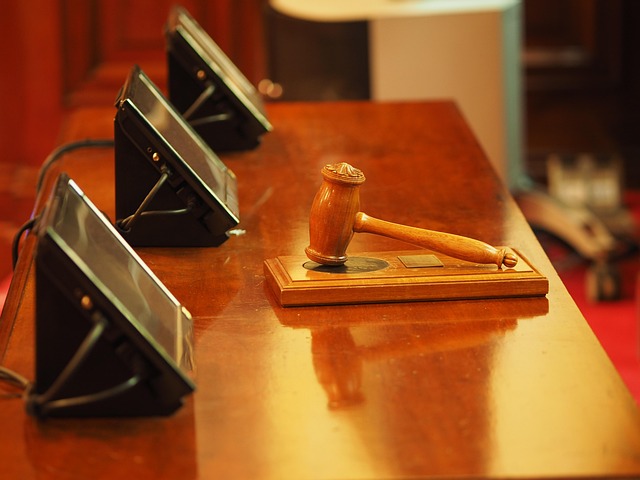
A slip and fall injury can have far-reaching effects that extend beyond the physical realm. The emotional and psychological impacts are often underrecognized but significant. Individuals who have experienced such an incident may struggle with heightened anxiety, fear of recurrence, and a sense of vulnerability, especially in public spaces or their own homes. This can lead to avoidance behaviors, where they steer clear of certain places or activities, impacting their overall quality of life and independence.
The psychological toll can be particularly acute if the fall resulted in severe injuries or long-term disabilities. It may trigger or exacerbate existing mental health conditions like depression or post-traumatic stress disorder (PTSD). Moreover, dealing with the administrative aspects of slip and fall injuries, such as navigating product liability claims, homeowner insurance claims, or real estate disputes, can add to the emotional burden. These processes often involve extensive documentation and legal procedures, further complicating an already challenging situation.
When to Seek Medical Attention After a Fall
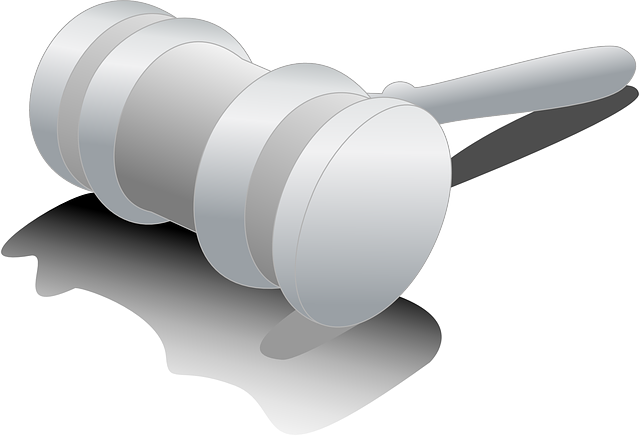
After a slip and fall injury, it’s crucial to know when to seek immediate medical attention. While some falls may result in minor bruises or cuts that can be treated at home, other injuries could be more severe and require prompt professional care. If you experience persistent or severe pain, especially in your head, neck, back, or joints, it’s a sign to visit a healthcare provider. Dizziness, loss of consciousness, or balance issues following the fall should also raise concern. These symptoms may indicate underlying health problems that demand medical attention.
Additionally, if you notice any signs of infection, such as increased pain, swelling, warmth, or red streaks around the injury site, seek help right away. Elderly individuals and those with pre-existing medical conditions are at higher risk for complications from slip and fall injuries. In cases of falls involving elderly folks or suspected instances of elder abuse, it’s imperative to contact healthcare professionals or relevant authorities promptly. Similarly, if you have concerns about the potential impact of a fall on real estate disputes or business litigation, consulting with legal experts is advisable.
After a slip and fall incident, recognizing the potential symptoms is crucial for managing both physical and emotional well-being. From common physical ailments like muscle strains and fractures to emotional impacts such as anxiety and depression, understanding these signs is essential. Knowing when to seek medical attention ensures timely treatment and promotes faster recovery. By being aware of these aspects, individuals can better navigate the aftermath of slip and fall injuries and take proactive steps towards healing and restoration.
